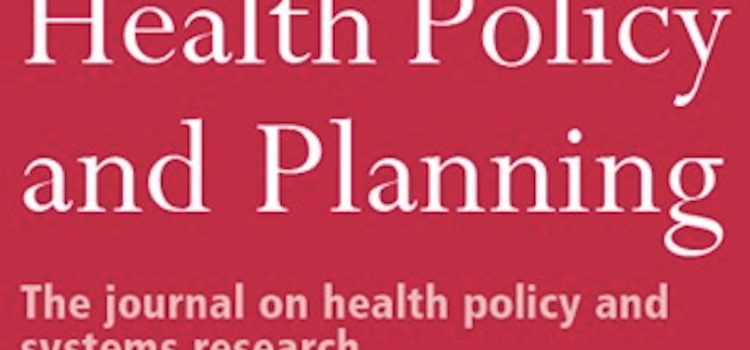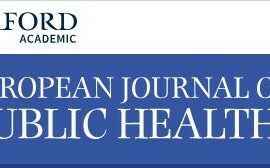
Phylisha G van Heemskerken, Catherine J Decouttere, Henk Broekhuizen, Nico J Vandaele
Health Policy and Planning, Volume 37, Issue 2, February 2022, Pages 281–291
Abstract
Routine vaccination annually prevents millions of deaths worldwide but is underutilized in sub-Saharan Africa (SSA). The complexity of socio-cultural factors impacting vaccine uptake is not well understood. Hence, this paper aims to review the socio-cultural determinants of vaccine uptake and visualize their interrelationships. We conducted a literature search using Pubmed and Embase databases, including articles published from 2000 to 2019 describing socio-cultural demand-side determinants for vaccine uptake. Using the Andersen and Newman Framework of Health Services Utilization, demand-side determinants were categorized as predisposing, enabling or need factors. A qualitative system dynamics approach was employed to visualize how these factors and their dynamic interrelationships influence vaccine uptake. This visualization, by means of a causal-loop diagram (CLD), was mostly based on a qualitative input, with the majority being statements of the authors. These statements were abstracted from the papers found in the review. Quantification was done by counting direct (statistical) associations between each determinant and ‘timely and full routine immunization coverage’. A total of 90 articles, primarily from Nigeria (n = 23), Ethiopia (n = 17) and Kenya (n = 11), met the inclusion criteria. We find that maternal autonomy and the perceived benefits caregivers attach to vaccination and exert their influences on many other factors through several feedback loops, thereby influencing timely and full routine immunization coverage. Utilization of health services (supply-related) and access to information (demand-related) were considered as high-potential leverage points. Quantification has shown that maternal autonomy and perceived benefit have an unclear evidence base. Future research should focus on these key players as they play a central role in multiple complex pathways, through which they could influence the uptake of vaccines in SSA.
Read the full article in Health Policy and Planning.


